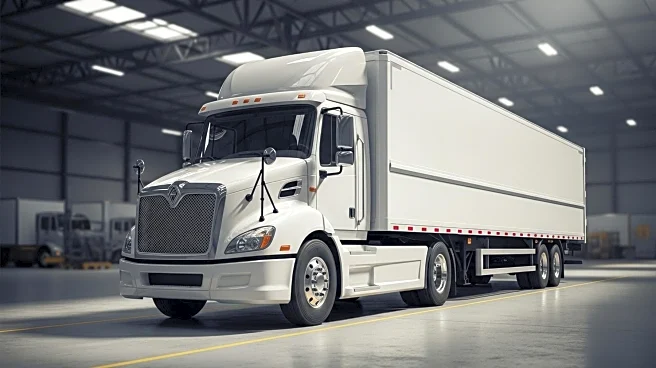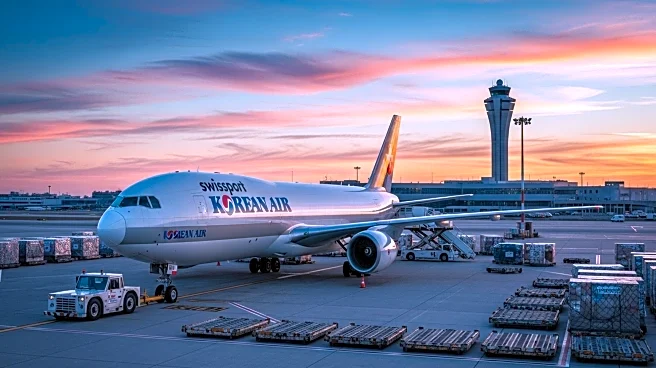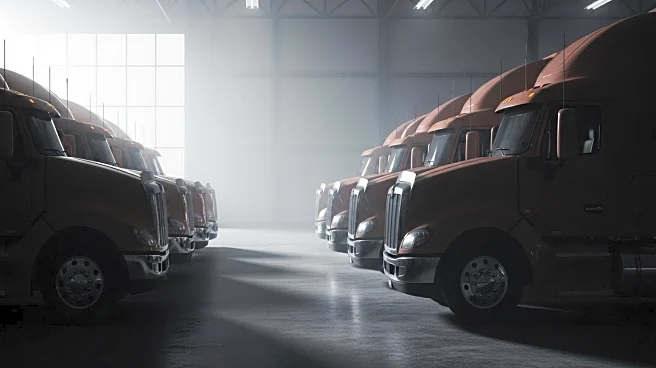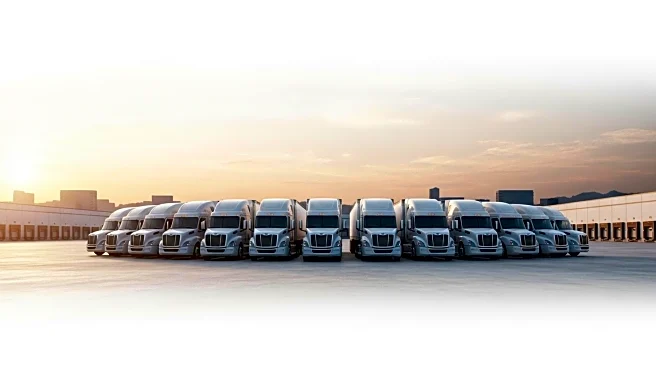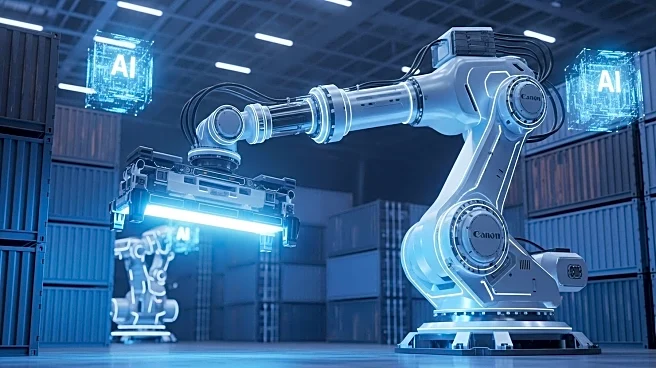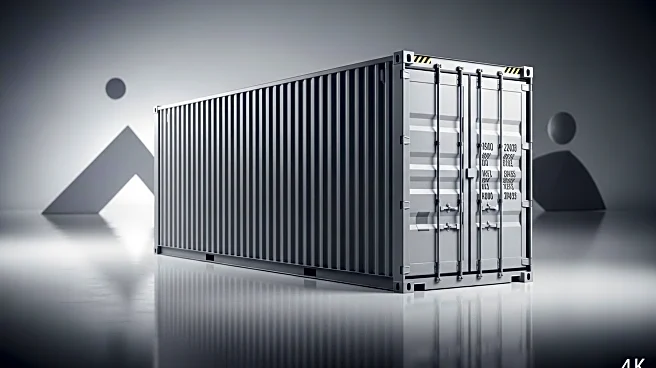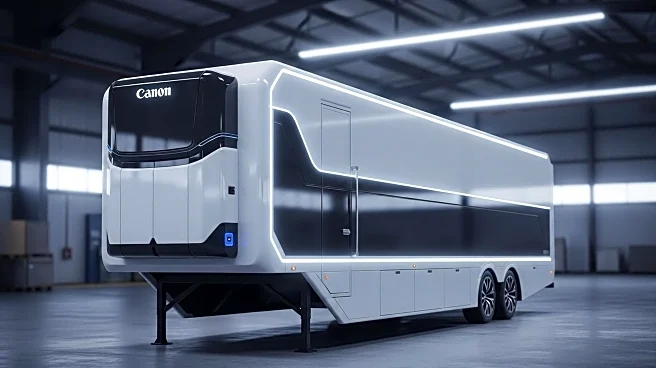What is the story about?
What's Happening?
The National Motor Freight Traffic Association (NMFTA) has introduced significant updates to the National Motor Freight Classification (NMFC) standards, known as Docket 2025-1, effective July 19. These changes aim to simplify and improve the classification process for less-than-truckload (LTL) freight, focusing on density-based classification. The update includes a shift from an 11-class system to a 13-tier density scale, allowing for more precise categorization of over 2,000 commodities. This transformation is designed to enhance operational efficiency, reduce costs, and improve freight handling by rewarding denser shipments with lower rates. The NMFTA has also launched ClassIT+, a modern classification platform to streamline the process for fleets and dispatch teams.
Why It's Important?
The NMFC updates are crucial for the freight industry as they align costs more closely with handling and space utilization, potentially leading to significant savings for fleets and shippers. By prioritizing density, the new system encourages better packaging strategies, which can result in lower freight classes and reduced costs. This change is expected to improve operational accuracy and reduce damages during transportation. The introduction of ClassIT+ further supports these goals by providing a user-friendly interface and integrated tools for efficient classification. These advancements are likely to enhance competitiveness in the freight landscape, benefiting both fleets and shippers.
What's Next?
Fleets and shippers are encouraged to audit their current NMFC codes and optimize packaging strategies to take advantage of the new density-based classification. Upgrading shipment systems to reflect the new class codes and special handling flags is recommended. Training teams on the effects of density on rates and load optimization is essential to avoid surprises and maximize benefits. The NMFTA continues to engage with the industry to ensure the classification system remains relevant and accessible, supporting fleets in adapting to the evolving freight environment.
AI Generated Content
Do you find this article useful?
